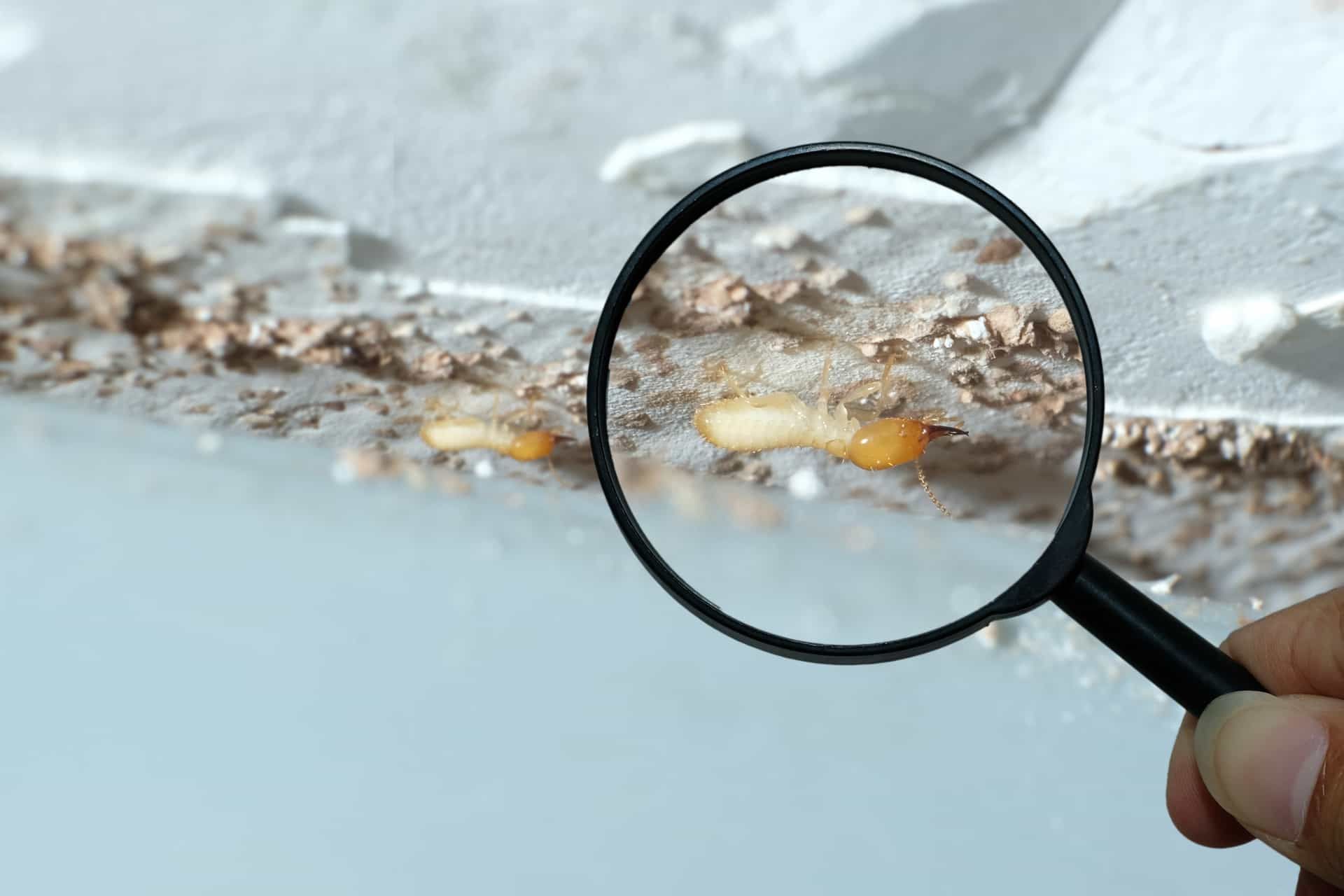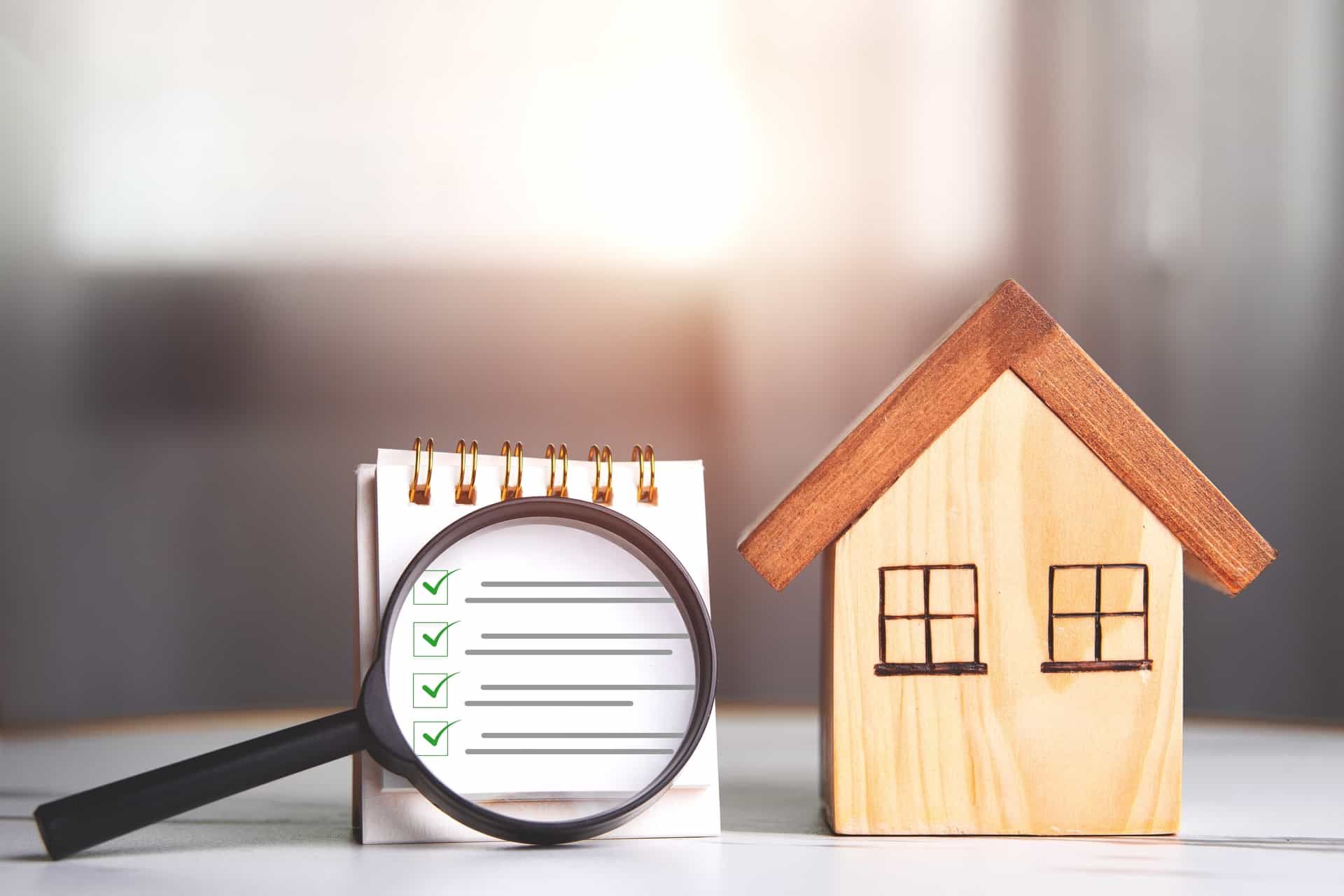Top 10 Common Home Inspection Red Flags
When buying a home, a home inspection is one of the most important steps. It helps buyers see the real condition of the house. Sometimes, everything looks great on the outside—but serious problems can be hiding inside. These problems are called home inspection red flags.
Red flags can lead to costly repairs later. That’s why it’s important to know what to watch out for. Here are 10 of the most common home inspection red flags you should never ignore.
1. Foundation Problems
A strong foundation keeps the house safe and stable. Cracks in the walls, sloping floors, or doors that don’t close properly can all be signs of foundation issues. These problems can cost thousands of dollars to fix.
If the inspector finds signs of foundation movement, it’s smart to bring in a structural engineer for a closer look.
2. Roof Damage
The roof protects your home from the weather. During a home inspection, missing shingles, sagging spots, or signs of water damage can all be serious red flags.
A damaged roof can lead to leaks, mold, and even structural problems. Replacing a roof can be expensive, so always take roof issues seriously.
3. Water Damage and Mold
Water stains on ceilings, walls, or floors often point to leaks. Leaks can come from the roof, plumbing, or even the foundation. If water sits too long, it can lead to mold growth.
Mold not only smells bad, but it can also cause health problems. If a home inspector finds signs of water damage or mold, ask the seller for more information—and be ready to walk away if needed.
4. Electrical Issues
Faulty wiring is a big safety concern. During a home inspection, red flags include outdated electrical panels, overloaded circuits, or exposed wires.
Not only can these problems lead to power outages, but they can also cause house fires. Electrical repairs can be costly, especially in older homes.
5. Plumbing Problems
Leaks, clogged drains, and low water pressure are all signs of plumbing problems. Inspectors also look for signs of corrosion or aging pipes, especially in homes built before the 1970s.
Replacing old or broken pipes can require digging through walls or floors, which adds to the cost.
6. HVAC System Issues
Your heating, ventilation, and air conditioning (HVAC) system should be in good shape. A home inspector will check if the furnace and air conditioner are working, how old they are, and whether they’ve been maintained.
If the system is old or not working well, you may have to replace it—which can cost several thousand dollars.
7. Poor Drainage Around the Home
Good drainage keeps water away from your home’s foundation. Signs of poor drainage include water pooling near the house, soggy yards, or stains on the basement walls.
If water doesn’t drain properly, it can lead to foundation cracks, mold, and basement flooding. Fixing drainage problems often means digging around the home and adding proper grading or drainage pipes.
8. Pest Infestations
Termites, carpenter ants, and rodents can all cause serious damage to a home. A home inspector will look for signs of pests like droppings, wood damage, or nests in the attic or crawl space.
If pests are found, it’s important to get a pest control expert involved. Some infestations can be fixed easily, while others can cause thousands of dollars in damage.
9. Structural Problems
A home should be strong and safe. Structural red flags include sloping floors, leaning walls, or cracked support beams. These problems could mean that parts of the house are unstable.
Sometimes the cause is simple, like aging wood. Other times, it could be a sign of deeper issues with the foundation or framing. Either way, this is something that should never be ignored.
10. Old or Damaged Windows and Doors
Windows and doors do more than let in light—they help with insulation and security. If they are old, rotting, or don’t close properly, it may mean there are air leaks or other problems.
New windows and doors can be expensive, especially if many need replacing. Also, broken seals in double-pane windows can cause moisture or fog between the glass.
What to Do If You Spot Red Flags
If a home inspector finds one or more of these red flags, don’t panic. It doesn’t always mean the deal is off. But it does mean you should think carefully.
Here are some smart steps to take:
Ask for repair credits: You may be able to get the seller to fix the problem or lower the price.
Get a second opinion: For big problems like foundation or roof issues, bring in a specialist.
Walk away if needed: If the repairs are too costly or risky, it’s okay to move on.
Why Home Inspections Matter
A home is one of the biggest purchases you’ll ever make. A home inspection helps protect your investment. Spotting home inspection red flags early can save you money, time, and stress later.
The inspection report gives you a full picture of the home’s condition. Even if the house looks perfect, don’t skip this step.
Final Thoughts
Every home will have a few issues—no home is perfect. But knowing the most common home inspection red flags can help you make a smart choice.
Take the time to review the inspection report, ask questions, and talk to your real estate agent about what the findings mean. Some issues may be small and easy to fix, while others could be deal-breakers.
At the end of the day, you want a home that is safe, solid, and right for your family. Need a trusted home inspection in your area? Schedule your inspection with ProTec Inspections today!
Disclaimer: The information on this website and blog is for general informational purposes only and is not professional advice. We make no guarantees of accuracy or completeness. We disclaim all liability for errors, omissions, or reliance on this content. Always consult a qualified professional for specific guidance.





